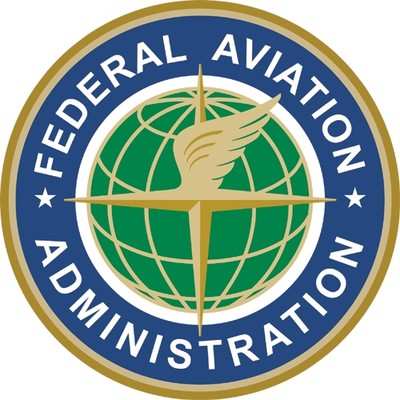Part Of The #FlySafe National Safety Campaign
The FAA has published guidelines for flying a stabilized approach in conjunction with the #FlySafe national safety campaign developed by several GA groups.

A stabilized approach is one in which the pilot establishes and maintains a constant angle glidepath toward a predetermined point on the landing runway.
However, the pilot must also:
- Maintain a specified descent rate.
- Maintain a specified airspeed.
- Complete all briefings and checklists.
- Configure the aircraft for landing (gear, flaps, etc.)
- Maintain the correct altitude levels (such as 500 feet for a Visual Meteorological Conditions approach or 1,000 feet for an Instrument Meteorological Conditions approach).
- Ensure only small changes in heading/pitch are necessary to maintain the correct flight path.
If a pilot does not meet these conditions, the approach becomes “unstabilized” and the pilot should consider a go-around to make a second attempt to land safely.
If you choose to continue with an unstabilized approach, you risk landing too high, too fast, or out of alignment with the runway centerline, and may be unprepared for landing. These situations can result in damage to the aircraft, or worse, to you and your passengers.
How you see the runway on your approach is an important factor in maintaining your safety. Pay attention to the shape of the runway. We all know that a runway is an elongated rectangle. However, from the air, the runway can appear to be a trapezoid, with the far end looking narrower than the approach end.
If your approach is too shallow, the runway will appear to shorten and become wider. If it is too steep, the runway will appear to become longer and narrower. These are signs that you may want to consider a go-around.
If you’ve incorporated the checklists and are prepared for a safe landing, the answer is yes. It’s a good idea to execute a go-around if your checklists are not completed. Your safety depends on your ability to focus on safely touching down.
A Loss of Control (LOC) accident involves an unintended departure of an aircraft from controlled flight. LOC can happen because the aircraft enters a flight regime that is outside its normal flight envelope and may quickly develop into a stall or spin. It can introduce an element of surprise for the pilot.
Contributing factors may include:
- Poor judgment or aeronautical decision making
- Failure to recognize an aerodynamic stall or spin and execute corrective action
- Intentional failure to comply with regulations
- Failure to maintain airspeed
- Failure to follow procedure
- Pilot inexperience and proficiency
- Use of prohibited or over-the-counter drugs, illegal drugs, or alcohol
"The FAA and industry are working together to prevent Loss of Control accidents and save lives," said FAA administrator Michael Huerta. "You can help make a difference by joining our Fly Safe campaign. Each month on FAA.gov, we’re providing pilots with a Loss of Control solution developed by a team of experts. They have studied the data and developed solutions – some of which are already reducing risk. We hope you will join us in this effort and spread the word. Follow #FlySafe on Twitter, Facebook and Instagram. I know that we can reduce these accidents by working together as a community."
According to the FAA:
- Last year, 384 people died in 238 general aviation accidents.
- Loss of Control is the number one cause of these accidents.
- Loss of Control happens in all phases of flight. It can happen anywhere and at any time.
FAA statistics show there is one fatal accident involving Loss of Control every four days.
 ANN's Daily Aero-Linx (05.06.25)
ANN's Daily Aero-Linx (05.06.25) ANN's Daily Aero-Term (05.06.25): Ultrahigh Frequency (UHF)
ANN's Daily Aero-Term (05.06.25): Ultrahigh Frequency (UHF) ANN FAQ: Q&A 101
ANN FAQ: Q&A 101 Classic Aero-TV: Virtual Reality Painting--PPG Leverages Technology for Training
Classic Aero-TV: Virtual Reality Painting--PPG Leverages Technology for Training Airborne 05.02.25: Joby Crewed Milestone, Diamond Club, Canadian Pilot Insurance
Airborne 05.02.25: Joby Crewed Milestone, Diamond Club, Canadian Pilot Insurance



